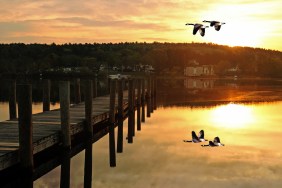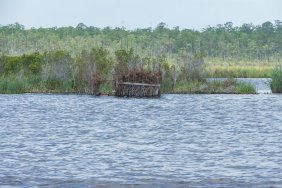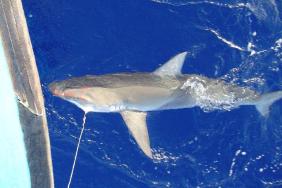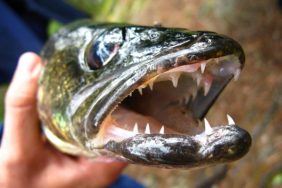 Anglers in the Midwest know that cooler weather makes for great walleye fishing, but what many may not know is that walleye respond positively to wind changes this time of year. Strong winds can be tough to handle when you’re trying to accurately cast and present your bait, not to mention control your boar, but today we’ll take a look at a few tips to help you withstand the winds and capitalize on the way walleye react to them.
Anglers in the Midwest know that cooler weather makes for great walleye fishing, but what many may not know is that walleye respond positively to wind changes this time of year. Strong winds can be tough to handle when you’re trying to accurately cast and present your bait, not to mention control your boar, but today we’ll take a look at a few tips to help you withstand the winds and capitalize on the way walleye react to them.
Walleye tend to follow their food, and a change in the wind can shift the location of baitfish almost overnight. This is due to plankton, the tiny microscopic animals at the bottom of the food chain. Plankton are at the mercy of the winds, which move the currents. Baitfish follow the wind to eat the plankton, which means walleye won’t be far behind.
When the wind stirs up the waters near structure on the windward side of a lake, the waves break up light penetration, which unsettles the bottom to create a mud line. This allows walleye to use their excellent eyesight and lateral line to their advantage when they’re invading the shallows in search of an easy, quick meal.
This change in behavior is exactly why anglers need learn to endure a little discomfort and understand how to factor in the wind when they’re trying to locate actively-feeding walleye. Depending on how the wind pushes water over the windward-side structure, trolling your lures may allow you to maintain better boat control, cover more water, and present baits to larger numbers of active fish. Furthermore, drift socks allow you to slow your boat while drifting over structure with the wind. You can also use your trolling motor to move back and forth from deep water to shallow until you find fish.
Today’s tips offer an introduction to how walleye relate to changes in wind. Be sure to come back for Part Two, in which we’ll take a look at the gear and tactics you’ll want to use in order to capitalize on changes in walleye behavior when the winds kick up.








